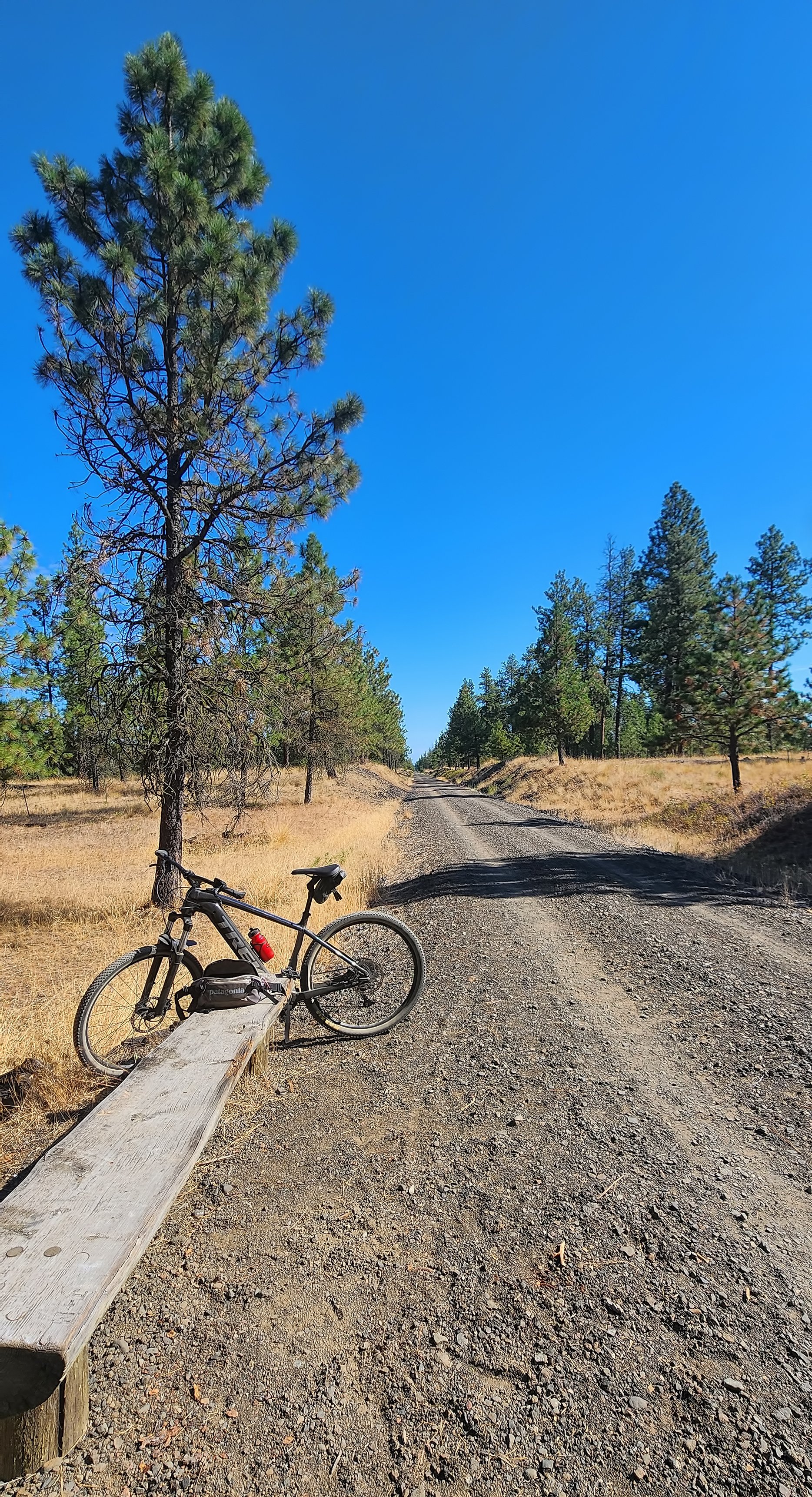still span the Colorado River, the connective tissue of a historic suspension bridge that burned in 2008 by a youngster playing with matches. Built in 1916, it was the longest suspension bridge in Utah and second longest west of the Mississippi River. A tragic historical loss.
Read all about it in The Canyon Country Zephyr (2021): Dewey Bridge - its History & Fiery Demise.








































